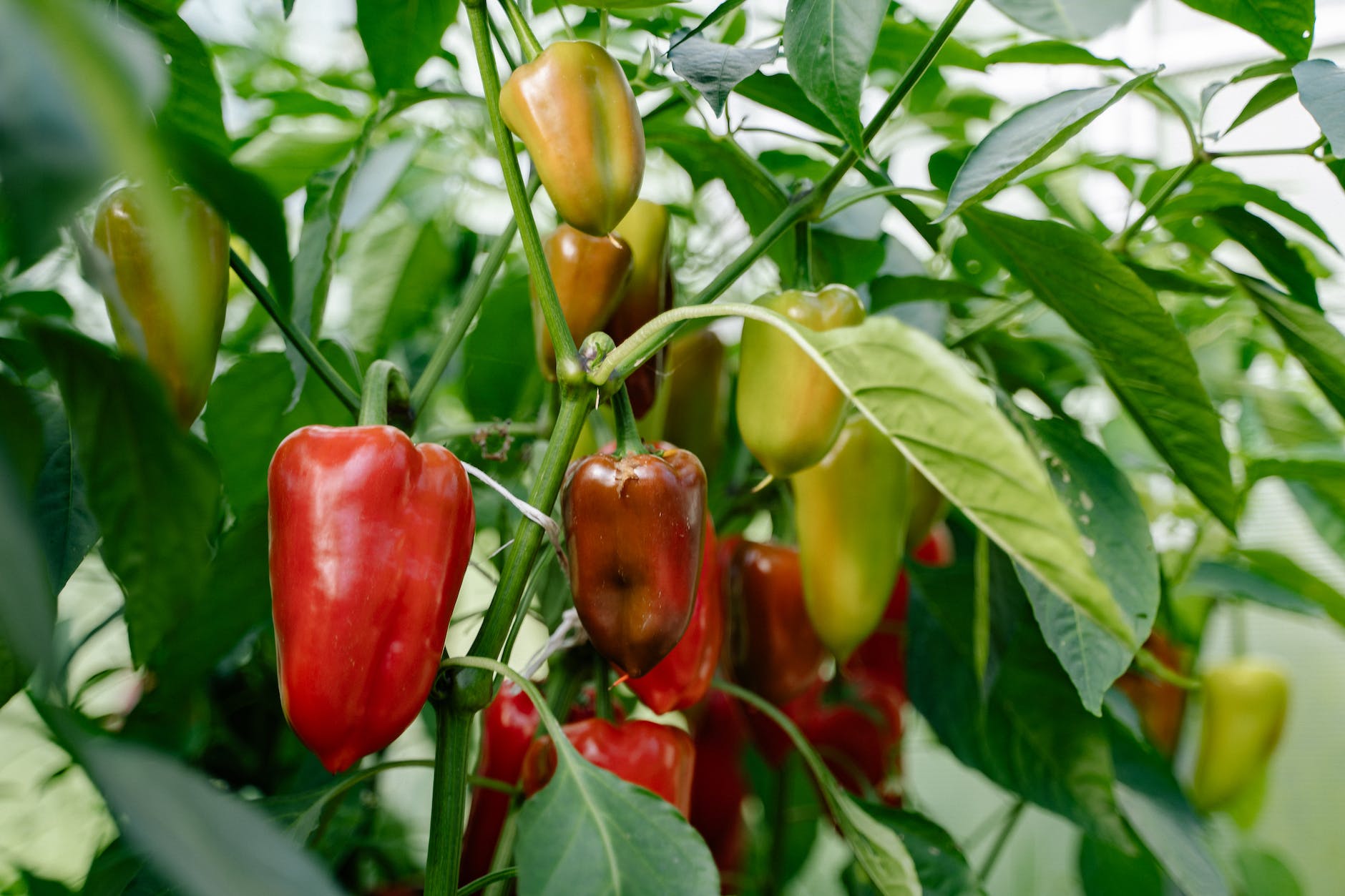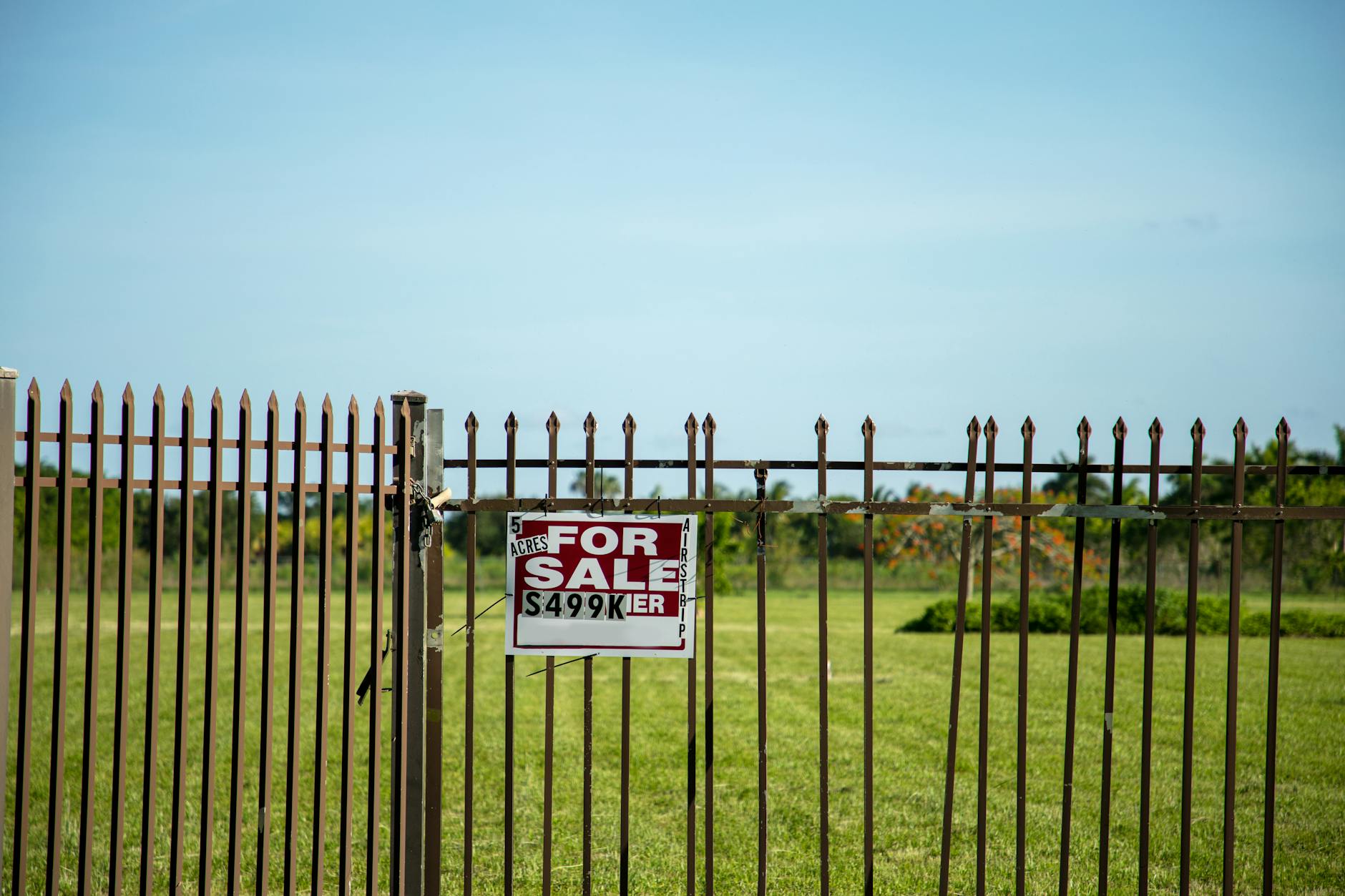Growing peppers successfully requires attention to detail. Here are 14 comprehensive steps to guide you through the process:
Choose the Right Pepper Varieties
- Select pepper varieties suited to your climate and taste preferences, such as bell peppers, chili peppers, or sweet peppers.
Determine Planting Time
- Find your local frost dates and plant peppers after the last frost date. You can refer to gardening guides or online resources for this information.
Prepare the Soil
- Test your soil’s pH (around 6.0-6.8 is ideal) and amend it with well-rotted compost to improve fertility and drainage.
Select a Sunny Spot
- Peppers need full sun, so choose a location that receives at least 6-8 hours of direct sunlight daily.
Start Seeds Indoors
Pepper seeds require a longer growing season, so start them indoors 8-10 weeks before your last frost date. Use seed trays or small pots.
Transplant Seedlings
Transplant pepper seedlings outdoors when they have two sets of true leaves, and the risk of frost has passed.
Proper Spacing
- Space pepper plants 18-24 inches apart in rows with 24-36 inches between rows to ensure good air circulation.
Add Mulch
- Apply organic mulch around the base of plants to conserve moisture, suppress weeds, and regulate soil temperature.
Water Consistently
- Peppers require consistent moisture. Use a soaker hose or drip irrigation system to water deeply and evenly.
Fertilize Appropriately
- Start with a balanced fertilizer and follow package instructions. Fertilize sparingly to avoid excessive foliage growth.
- Buy best organic fertilizer for getting high yield

Provide Support
- Some pepper varieties may require staking or support as they grow. Install stakes or small cages to prevent branches from bending or breaking.
Monitor for Pests and Diseases
- Regularly inspect plants for pests (e.g., aphids, spider mites) and diseases (e.g., powdery mildew). Use organic remedies or insecticidal soap if needed.
Provide Proper Care
- Prune any damaged or yellowing leaves. Keep the garden bed weed-free to reduce competition for nutrients.
Harvest at the Right Time
- Peppers are ready to harvest when they reach their mature color and desired size. Use scissors or garden shears to cut them from the plant.
By following these detailed steps, you can cultivate healthy pepper plants and enjoy a bountiful harvest. Remember that pepper plants are sensitive to cold, so provide protection if unseasonably chilly weather is expected. Gardening is a learning process, so pay attention to your plants and adapt your care as needed.



